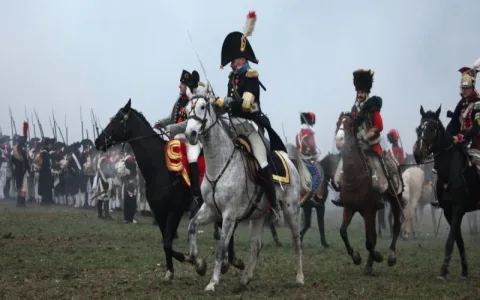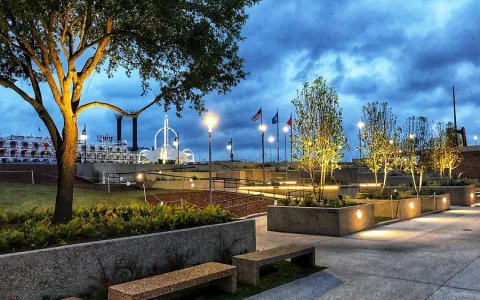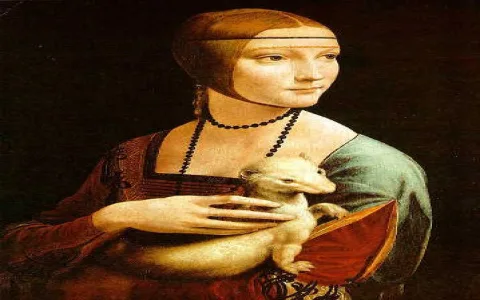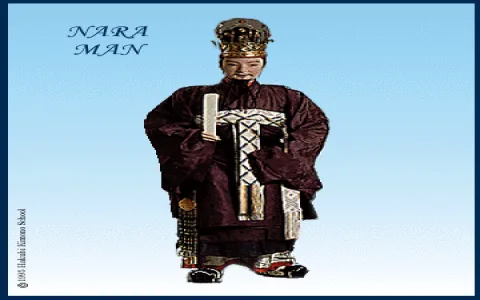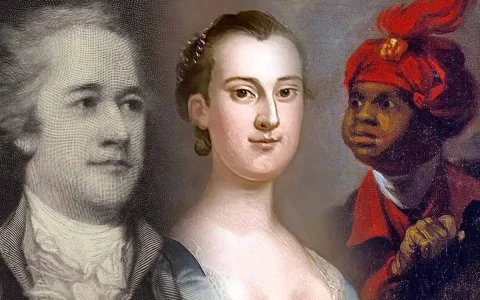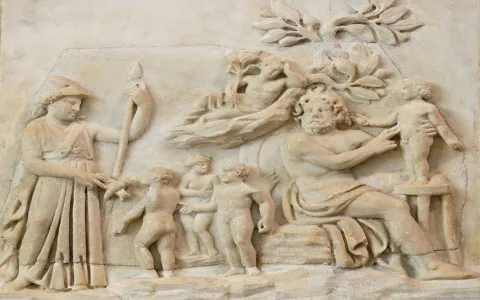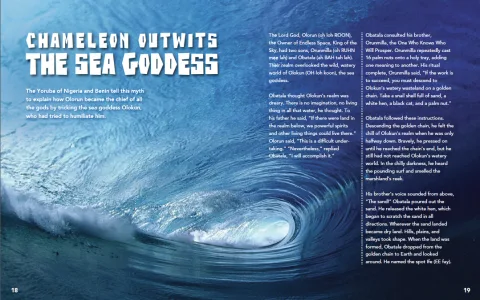Alright, so I got obsessed recently with trying to figure out what made that old fancy French Rococo art style actually tick. You know, the stuff with all the gold swirls, fluffy clouds, cherubs looking a bit too happy, and everyone dressed way too fancy just to hang around in a garden? Wanted to understand what really made it pop back then.
First Step: Getting Completely Lost (Obviously)
Jumped online thinking it’d be simple. Big mistake. Started typing things like “French fancy art” and “old pink paintings”. Ended up getting bombarded with a million names: Watteau, Boucher, Fragonard… pictures of ladies lounging on impossibly huge sofas, dudes playing the lute badly. Everything looked soft, kinda dreamy, and honestly, a bit over the top. But why? Felt like it was all sugar, no meat. Needed to dig deeper than just pretty pictures.
Trying to See it Myself – The DIY Disaster Attempt
Decided the best way was to try and feel it. Sounds weird, but hear me out. Grabbed a small canvas board and some paint. Thought, “Right, how hard can this fluffiness be?”
- Started with Colour: Squeezed out way too much white, pink, baby blue, and a soft green. Mixed like crazy. Wanted that airy, light feeling the originals had. Ended up with a pastel mess that looked like melted ice cream.
- The Infamous Curves: Tried painting one of those curvy Rococo decorations – the kind made of shells and leaves (found out they call this ‘rocaille’). My lines were wonky. The brush slipped. It looked like a seasick worm. Where was that effortless grace? I struggled.
- Asymmetry is Harder Than it Looks: Remembered things weren’t perfectly balanced in Rococo. Tried painting a vine swirling up one side. Looked like I’d forgotten to paint the other side. Took conscious effort not to center everything!
- Adding ‘Movement’: Tried sketching a little winged cherub blowing wind. He looked like a grumpy baby struggling to fart. Capturing that breezy, lively energy? Big fail.
Honestly? My canvas looked terrible. But man, did I suddenly respect those artists. Making something look light and airy and effortless? That takes insane control.
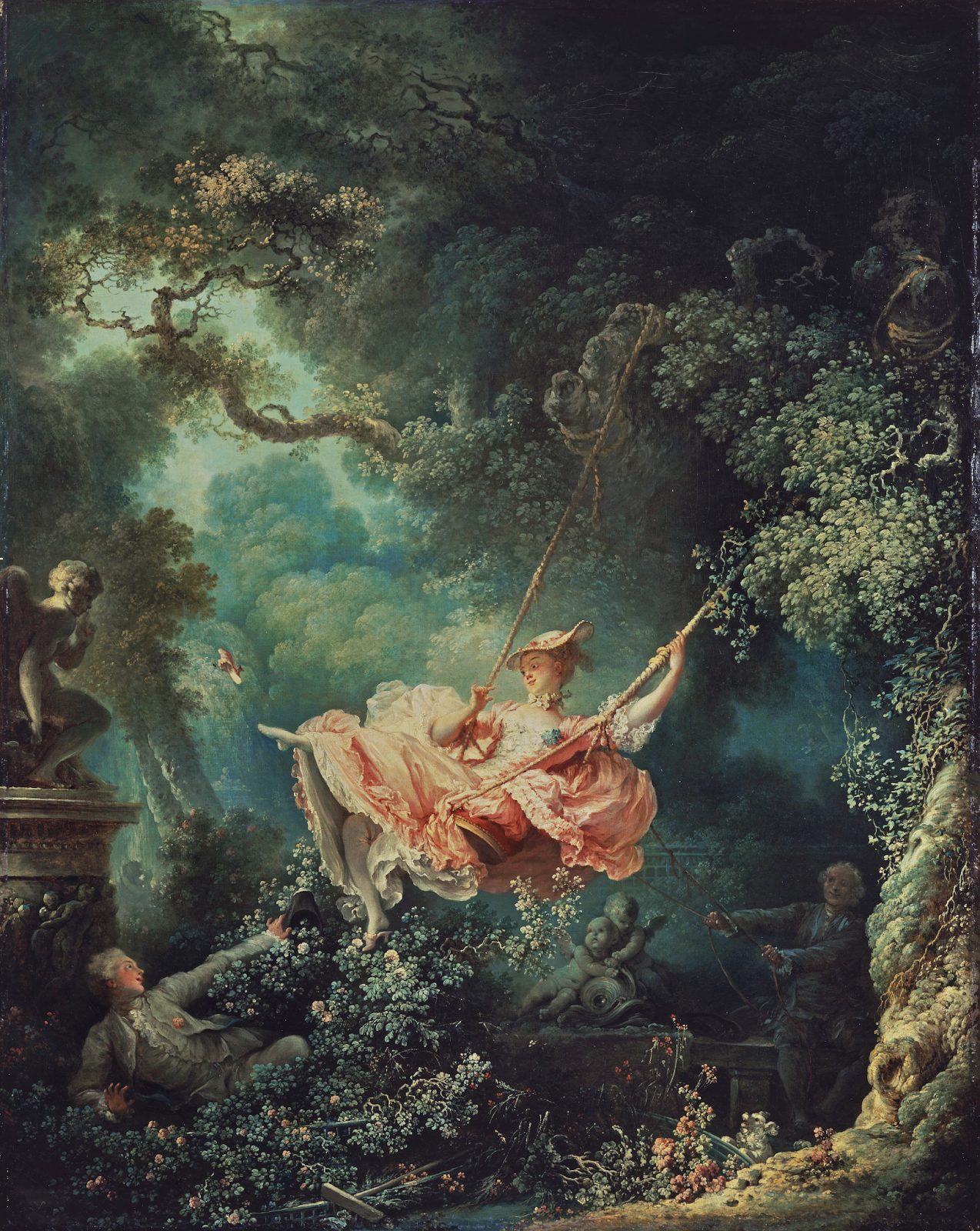
The “Aha!” Moment While Staring at Disaster
Standing back looking at my melted ice-cream-chubby-baby-worm-mess, it clicked. It wasn’t just about being “pretty” or “fancy”. It was a whole mood, a deliberate escape hatch.
Here’s what finally made sense:
- It’s All About Feeling Good: This stuff got big after Louis XIV’s super strict, formal, power-obsessed era. People were exhausted! Rococo was like a sigh of relief – all joy, love, leisure, flirting in gardens. Pure fantasy.
- Not Real Life, A Dream: Those paintings? Not documentaries. They were carefully crafted dreams. No dirt, no poverty, no hard work – just beautiful people doing beautiful things in beautiful places. Perfect escapism.
- Craftsmanship Hiding Under Fluff: Looking closer at real examples online (after my failed attempt), saw the insane detail. Tiny intricate flowers in furniture, perfect brushwork making lace look real, that smooth-as-silk skin texture. The fluffiness had serious skill behind it.
- Senses First: Unlike some art that makes you think, Rococo wants to please your eyes immediately. Sweet colours, soft textures, playful shapes. It’s designed to feel good looking at it.
So, What Makes It Special?
Turns out, Rococo’s magic wasn’t just the gold swirls or pink dresses. It captured a specific moment where a tired society desperately wanted pure pleasure, lightness, and escape. It wrapped deep skill in layers of charm and sweetness. It’s a fantasy world executed with breathtaking craftsmanship. My paint-covered fingers and disastrous cherub proved that much! It’s pure, polished, delightful escapism on a canvas – or a very fancy table leg. Still trying to scrub the blue paint off my thumb.
My wife walked in, saw my “Rococo masterpiece”, and just asked if I’d finally finished painting the garden shed. Sigh. Guess my masterpiece is heading for the shed wall… after I scrape off the seasick worm. And I still have chipped plates from when I tried to ‘arrange them asymmetrically’ on the table. That Rococo life is harder than it looks!

